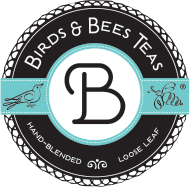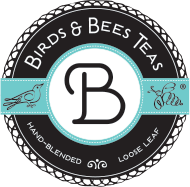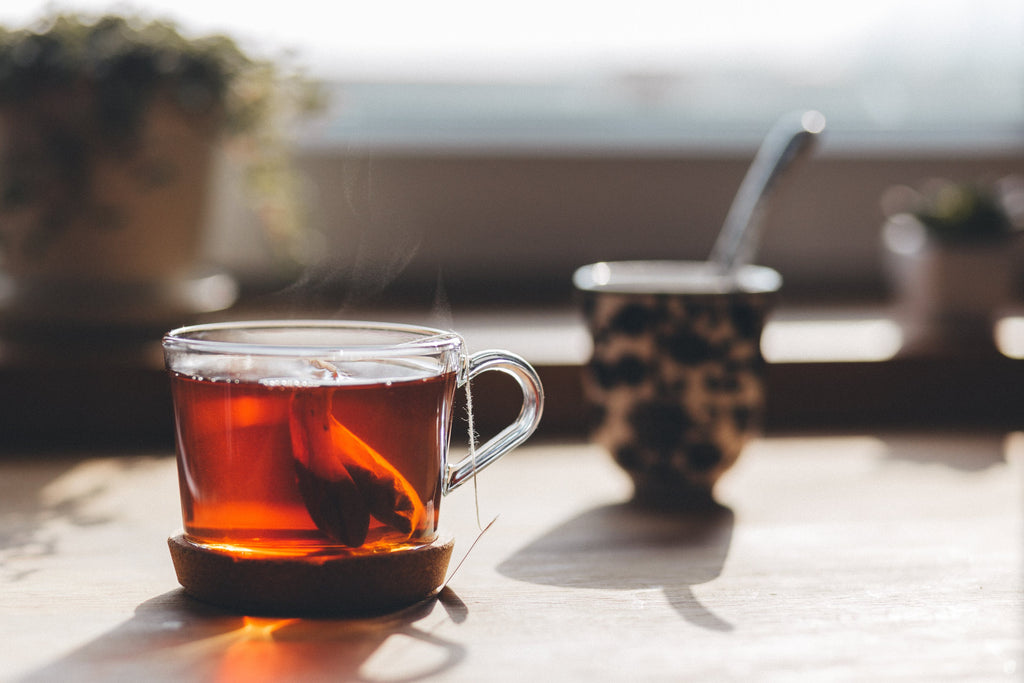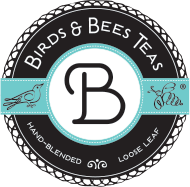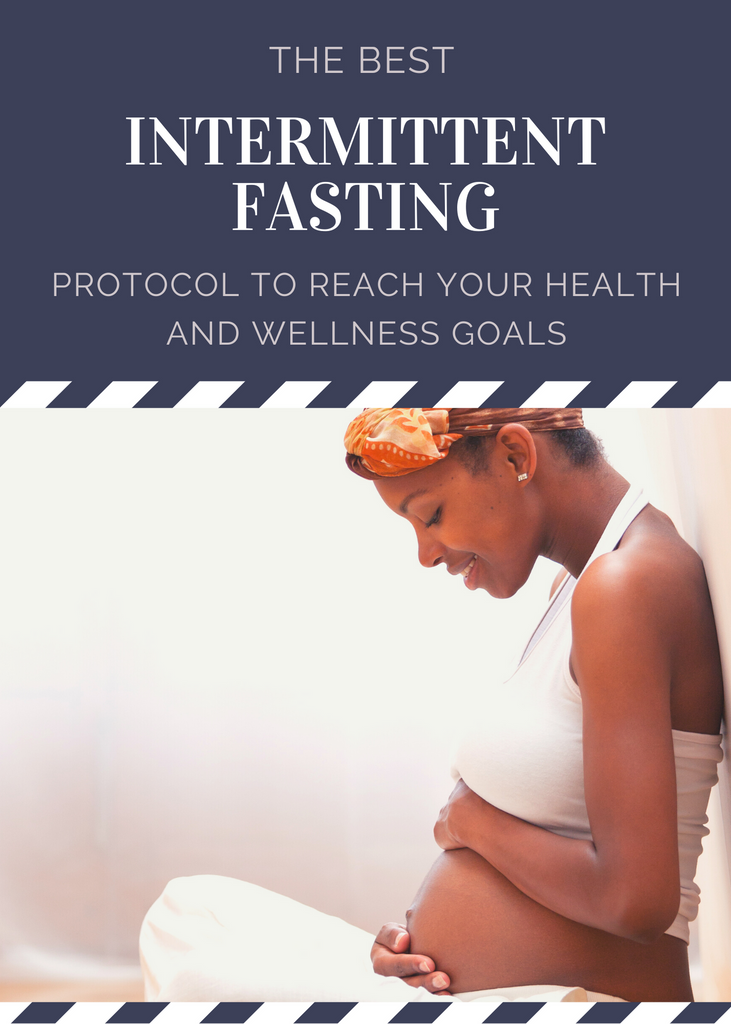How Much Plastic Do you Drink Every Day? How Much Plastic Do you Drink Every Day?
At Birds & Bees Teas, we have always been concerned about microplastics in our food and drinks. Recently, this concern is much closer to home---in commercial tea bags.
Study finds microplastics in tea bags
A recent study in the journal Environmental Science & Technology found that each commercial tea bag tested released billions of microplastic particles and billions more even smaller nanoplastic particles into boiled water.
Some of us are drinking those billions of particles of plastic every day.
At Birds & Bees we're careful
Since the beginning of Birds & Bees Teas, our founder Jen Roth has desired for our customers to receive the best nutrients and teas possible. She recommends that each cup should be brewed with a full Tablespoon of loose leaf tea for every 8 ounces of water in order to receive the nutrients our bodies need.
Jen wrote, “I have always been curious as to which tea bags if any are safe or which ones might be more safe than others.” Because she was not confident in commercial tea bags, she has been hesitant to package her teas in bags.
Rather than throwing caution to the wind with commercial packaging, she has opted for a smaller business selling a safer cup of tea until she has more information.
“It is moments like this,” Jen continued, “when we are beyond grateful for our choice to stick with loose leaf tea. Not only is it traditional, the way tea used to be made, but it is the purest and safest way for mothers and their babies.”
Here at Birds & Bees Teas we focus the majority of our blends on Fertility, Pregnancy, & Postpartum. It has always been and will always be our #1 concern to make sure we are offering what we know to be the safest herbal tea on the market!
Our focus is guarding the health of our valued, loyal customers as well as our new customers to be (and their babies to be).
What does the presence of microplastics mean?
The study of microplastic in tea bags also looked into the effects of microplastics on water fleas. "Although the animals survived, they did show some anatomical and behavioral abnormalities.”1
Authors of the study suggest that more research needs to be conducted on the effect of microplastics on humans. The World Health Organization has been doing just that. "We urgently need to know more about the health impact of microplastics because they are everywhere," said the director of the Department of Public Health, Environment and Social Determinants of Health at the WHO.2
Meanwhile, the shocking levels of microplastics in our water and food continue to rise.
Take simple, safe steps
We don’t know yet how to control the levels of microplastics in our food and water supply (other than reduction of the use of plastics overall), but we can avoid one more source of microplastics by not using commercial tea bags. We continue to support mothers and babies with loose leaf tea, meaning no bags (unless you choose to use a reusable cloth bag rather than a tea strainer).
Not only does loose leaf tea support that important time for self-care during a mother’s day, it is truly a ritual that has been lost in our culture. We help ourselves, our children, and our planet when we cut down on the amount of plastic we take into our bodies.
- "Some plastic with your tea? Plastic teabags release billions of microscopic particles into tea," McGill University Newsroom, September 25, 2019. https://www.mcgill.ca/newsroom/channels/news/some-plastic-your-tea-300919
- Rob Picheta, "A single tea bag can leak billions of pieces of microplastic into your brew," CNN Health, September 27, 2019. https://www.cnn.com/2019/09/27/health/microplastics-tea-bags-study-scn-scli-intl/index.html
At Birds & Bees Teas, we have always been concerned about microplastics in our food and drinks. Recently, this concern is much closer to home---in commercial tea bags.
Study finds microplastics in tea bags
A recent study in the journal Environmental Science & Technology found that each commercial tea bag tested released billions of microplastic particles and billions more even smaller nanoplastic particles into boiled water.
Some of us are drinking those billions of particles of plastic every day.
At Birds & Bees we're careful
Since the beginning of Birds & Bees Teas, our founder Jen Roth has desired for our customers to receive the best nutrients and teas possible. She recommends that each cup should be brewed with a full Tablespoon of loose leaf tea for every 8 ounces of water in order to receive the nutrients our bodies need.
Jen wrote, “I have always been curious as to which tea bags if any are safe or which ones might be more safe than others.” Because she was not confident in commercial tea bags, she has been hesitant to package her teas in bags.
Rather than throwing caution to the wind with commercial packaging, she has opted for a smaller business selling a safer cup of tea until she has more information.
“It is moments like this,” Jen continued, “when we are beyond grateful for our choice to stick with loose leaf tea. Not only is it traditional, the way tea used to be made, but it is the purest and safest way for mothers and their babies.”
Here at Birds & Bees Teas we focus the majority of our blends on Fertility, Pregnancy, & Postpartum. It has always been and will always be our #1 concern to make sure we are offering what we know to be the safest herbal tea on the market!
Our focus is guarding the health of our valued, loyal customers as well as our new customers to be (and their babies to be).
What does the presence of microplastics mean?
The study of microplastic in tea bags also looked into the effects of microplastics on water fleas. "Although the animals survived, they did show some anatomical and behavioral abnormalities.”1
Authors of the study suggest that more research needs to be conducted on the effect of microplastics on humans. The World Health Organization has been doing just that. "We urgently need to know more about the health impact of microplastics because they are everywhere," said the director of the Department of Public Health, Environment and Social Determinants of Health at the WHO.2
Meanwhile, the shocking levels of microplastics in our water and food continue to rise.
Take simple, safe steps
We don’t know yet how to control the levels of microplastics in our food and water supply (other than reduction of the use of plastics overall), but we can avoid one more source of microplastics by not using commercial tea bags. We continue to support mothers and babies with loose leaf tea, meaning no bags (unless you choose to use a reusable cloth bag rather than a tea strainer).
Not only does loose leaf tea support that important time for self-care during a mother’s day, it is truly a ritual that has been lost in our culture. We help ourselves, our children, and our planet when we cut down on the amount of plastic we take into our bodies.
- "Some plastic with your tea? Plastic teabags release billions of microscopic particles into tea," McGill University Newsroom, September 25, 2019. https://www.mcgill.ca/newsroom/channels/news/some-plastic-your-tea-300919
- Rob Picheta, "A single tea bag can leak billions of pieces of microplastic into your brew," CNN Health, September 27, 2019. https://www.cnn.com/2019/09/27/health/microplastics-tea-bags-study-scn-scli-intl/index.html
